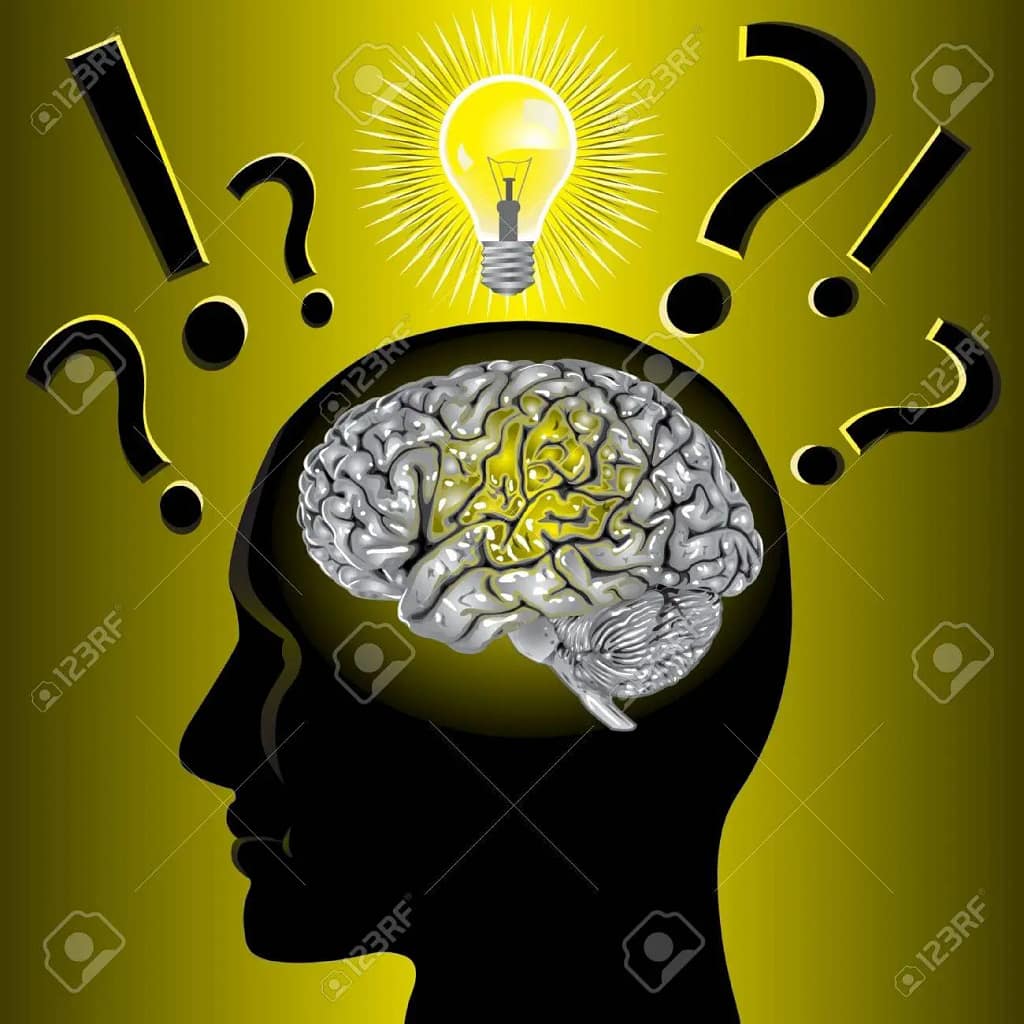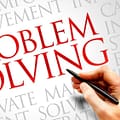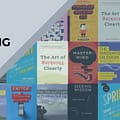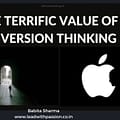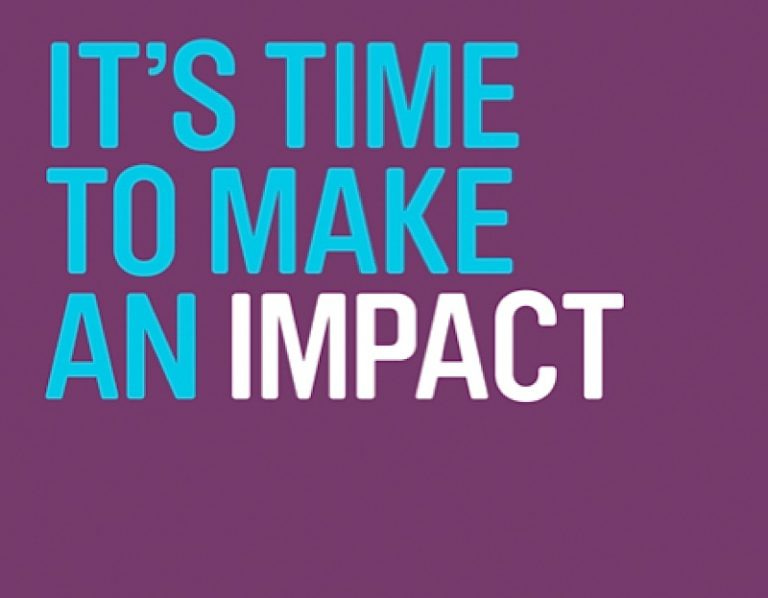Problem-solving is an essential skill for Leaders and Managers in both personal and professional life.
Whether it’s tackling complex issues or finding solutions to everyday challenges, the ability to overcome obstacles and think critically is crucial.
However, there are common barriers that can hinder the problem-solving process, making it difficult to find effective solutions.
In this comprehensive Post, we will explore ten barriers to problem-solving and provide strategies for overcoming them so that you can hone your Problem Solving skills and solve problems more effectively in your workplace.
Table of Contents
-
Introduction
-
Lack of Clarity in Problem Definition
-
Limited Perspective and Narrow Thinking
-
Confirmation Bias: The Danger of Preconceived Notions
-
Communication Barriers: Breaking Down Silos
-
Solution Bias: Avoiding the One-Size-Fits-All Approach
-
Cognitive Bias: Overcoming Jumping to Conclusions
-
Lack of Empathy: Understanding the Human Element
-
Fear of Failure: Embracing a Growth Mindset
-
Insufficient Resources and Time Constraints
-
Lack of Collaboration and Teamwork
-
Overcoming Barriers: Strategies for Effective Problem Solving
Do You Want To Solve Problems Like a PRO ?
Get the FREE Problem Solving Work Book HERE

Introduction
Problem-solving is an integral part of our daily lives, whether it’s resolving personal conflicts or finding innovative solutions in the workplace.
However, there are common barriers that can impede the problem-solving process, making it challenging to reach effective solutions.
By understanding these barriers and implementing strategies to overcome them,
Leaders and Managers can enhance their problem-solving skills and achieve better outcomes.
1. Lack of Clarity in Problem Definition
One of the primary barriers to effective problem-solving is a lack of clarity in problem definition.
Without a clear understanding of the problem at hand, it becomes challenging to devise appropriate solutions.
To overcome this barrier, it is crucial to take the time to define the problem accurately.
This involves gathering relevant information, identifying key stakeholders, and clarifying the desired outcome.
By investing time in problem definition, individuals and teams can lay a solid foundation for the problem-solving process.
2. Limited Perspective and Narrow Thinking
Another common barrier to problem-solving is limited perspective and narrow thinking.
When individuals approach problems with a rigid mindset, they may overlook creative solutions or fail to consider alternative viewpoints.
Overcoming this barrier requires cultivating a mindset of open-mindedness and embracing diverse perspectives.
Encouraging brainstorming sessions, seeking input from different team members, or conducting external research can help broaden perspectives and stimulate innovative thinking.
3. Confirmation Bias: The Danger of Preconceived Notions
Confirmation bias is a cognitive barrier that can hinder problem-solving efforts.
It refers to the tendency to search for or interpret information in a way that confirms preexisting beliefs or assumptions.
When individuals succumb to confirmation bias, they may overlook contradictory evidence or dismiss alternative solutions.
Overcoming this barrier requires a conscious effort to challenge one’s own biases and actively seek out diverse viewpoints and information.
Encouraging a culture of open debate and critical thinking can help mitigate the effects of confirmation bias.
4. Communication Barriers: Breaking Down Silos
Effective communication is essential for successful problem-solving.
However, communication barriers can impede the flow of information and hinder collaboration.
Silos within organisations, where departments or teams operate in isolation, can lead to a lack of shared knowledge and insights.
Breaking down these silos and fostering cross-functional collaboration is crucial for overcoming communication barriers.
Encouraging open communication channels, promoting knowledge sharing, and facilitating regular team meetings can help ensure that information flows freely and ideas are exchanged effectively.
5. Solution Bias: Avoiding the One-Size-Fits-All Approach
Solution bias is a common barrier where individuals tend to rely on previously successful solutions without considering the unique aspects of the current problem.
This one-size-fits-all approach may not be suitable for every situation and can hinder creative problem-solving.
Overcoming solution bias requires a willingness to explore new approaches and think outside the box.
Encouraging experimentation, embracing failure as a learning opportunity, and fostering a culture that values innovation can help individuals and teams overcome solution bias and discover more effective solutions.
6. Cognitive Bias: Overcoming Jumping to Conclusions
Cognitive biases, such as jumping to conclusions, can hinder effective problem-solving.
When individuals rely on heuristics or mental shortcuts, they may overlook critical information or make hasty judgments.
Overcoming cognitive biases requires a deliberate effort to slow down and engage in critical thinking.
Taking the time to gather and analyse relevant data, seeking multiple perspectives, and challenging assumptions can help mitigate the effects of cognitive biases and lead to more informed decision-making.
7. Lack of Empathy: Understanding the Human Element
Problem-solving often involves addressing human concerns and emotions.
Failing to consider the human element can hinder the effectiveness of solutions.
Developing empathy and understanding the perspectives and needs of others is crucial for overcoming this barrier.
Actively listening to stakeholders, seeking their input, and considering the impact of solutions on individuals can help ensure that problem-solving efforts are human-centric and yield sustainable outcomes.
8. Fear of Failure: Embracing a Growth Mindset
Fear of failure can paralyse problem-solving efforts and prevent individuals from taking risks or exploring innovative solutions.
Overcoming this barrier requires cultivating a growth mindset and embracing failure as an opportunity for learning and growth.
Encouraging a safe and supportive environment where mistakes are seen as valuable learning experiences can help individuals overcome their fear of failure and approach problem-solving with confidence and resilience.
9. Insufficient Resources and Time Constraints
Limited resources and time constraints can pose significant barriers to problem-solving.
When individuals are constrained by tight deadlines or lack the necessary resources, finding optimal solutions becomes challenging.
Overcoming this barrier requires effective resource management and prioritisation.
Identifying critical resources, delegating tasks, and leveraging available tools and technologies can help individuals maximise their problem-solving capabilities within the given constraints.
10. Lack of Collaboration and Teamwork
Collaboration and teamwork are essential for effective problem-solving.
When individuals work in isolation or fail to leverage the collective knowledge and skills of their team members, problem-solving efforts can suffer.
Overcoming this barrier requires fostering a collaborative culture and providing opportunities for teamwork.
Encouraging open communication, promoting knowledge sharing, and assigning diverse team members to problem-solving tasks can help harness the collective intelligence of the team and lead to more innovative solutions.
Overcoming Barriers: Strategies for Effective Problem Solving
To overcome the barriers to problem-solving, individuals and teams can adopt several strategies:
-
Develop a problem-solving mindset: Cultivate a mindset that embraces challenges and sees them as opportunities for growth and learning.
-
Practise active listening: Actively listen to stakeholders, seek their input, and consider diverse perspectives to gain a comprehensive understanding of the problem.
-
Encourage diverse viewpoints: Foster an environment where individuals feel comfortable expressing their opinions and ideas, promoting diverse thinking and avoiding groupthink.
-
Embrace creativity and innovation: Encourage out-of-the-box thinking, experimentation, and the exploration of unconventional solutions.
-
Foster collaboration and teamwork: Create opportunities for collaboration, knowledge sharing, and interdisciplinary problem-solving.
-
Promote continuous learning: Encourage ongoing learning and skill development to enhance problem-solving abilities.
-
Seek feedback and reflection: Regularly solicit feedback from stakeholders and engage in self-reflection to identify areas for improvement.
Conclusion
Effective problem-solving requires the ability to overcome barriers and think critically.
By recognizing and addressing common barriers such as lack of clarity in problem definition, limited perspective, confirmation bias, communication barriers, solution bias, cognitive bias, lack of empathy, fear of failure, resource constraints, and lack of collaboration, Leaders and Managers can enhance their problem-solving skills and achieve more effective solutions.
By adopting strategies such as developing a problem-solving mindset, embracing creativity and innovation, and fostering collaboration and continuous learning, individuals can navigate the complexities of problem-solving and drive positive change in their personal and professional lives.
Problem Solving barriers can be overcome by mastering these 13 Problem solving skills.
Read the Post -The 13 Essential Skills Of Problems Solving
I hope you have found the post helpful.
What is your barrier to problem solving ? Please share your thoughts below .
Have an Awesome Day!
Babita Sharma
Leadership Coach
www.leadwithpassion.co.in

